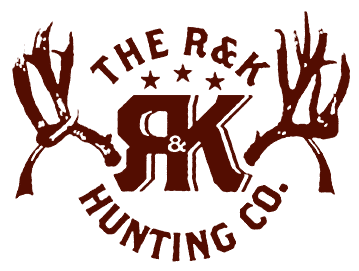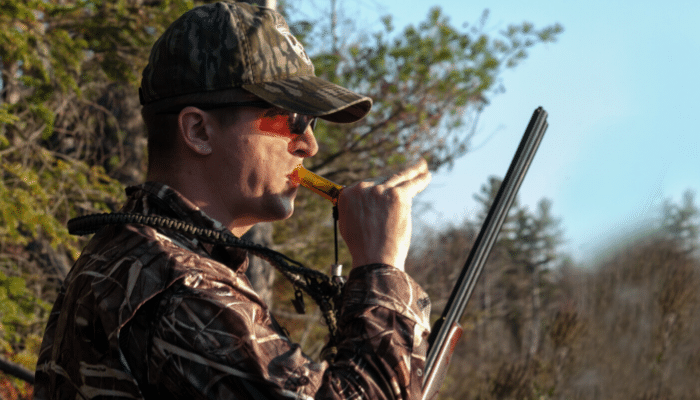For many years, hunters have used calls to lure game into range. It is one of the most effective hunting tactics used among hunters. Hunters use deer calls to imitate the noises deer make in hopes of piquing their interest and bring them closer or make them turn just enough to get the shot. There are many types of deer calls, and knowing which one to use is half the battle.
Today, we’re doing a deep dive into the different types of deer calls, when and how to use them, along with a few tips and tricks. Continue scrolling to learn more!
Buck Grunt Call
If you’re a veteran deer hunter, chances are, you already have this call in your repertoire. Bucks typically use grunts to communicate with other deer, especially when challenging another buck. For short grunts, take a deep breath and push all the air rapidly through the call. Shut your jaw as you push the air out. For a long grunt, imagine your mouth is full of water with your jaw down. Now imagine sending a stream of water out of your mouth as far as you can. Now push all of the water out quickly and end with your tongue between your lips.
Doe Bleat Call
While does mostly grunt, they sometimes bleat. It is a whiny, moaning sound that only lasts for a few seconds. Does can use bleats to communicate to bucks that they are ready for a mate. Use this sound to bring in the bucks or other does. If you’re not getting responses or reactions to a grunt, try a bleat. Keep your doe bleats higher pitched and short.
Fawn Bleat Call
A fawn in distress, lost, hungry, or wants mom’s attention will bleat. Fawn bleats are high-pitched and attract more than 80% of does (mother’s instinct, we suppose). Fawn bleat calls are relatively easy to use. Fawn bleats can also come in handy if you’re after an early-season doe use a fawn bleat call. If you’re trying to alter the tone or volume of your call, regulate the amount and force of the air you are blowing into the tube.
Helpful Deer Calling Tips
- Begin Softly — Many hunters will start blind, calling as loudly as they can. Start softly and slowly crank up the volume.
- Mix it Up — Don’t rely on just one call in your arsenal. As the season changes, so should the call you select.
- Don’t Get Too Comfortable — Make sure you are ready to take your shot. You can’t always know when a buck is going to come into range. Have your weapon of choice ready to go (safety measures taken, of course!) just before you start your deer calling sequence.
Contact R & K Hunting Company
If you are still unsure or aren’t confident in your deer calling abilities, don’t fret — the pros at R & K Hunting Company have your back and have every deer call you’ll need down. Schedule your next deer hunt with R & K Hunting Company for an exciting, stress-free adventure today.

